World Landmarks
World landmarks are prominent and recognizable structures or places that hold cultural, historical, or architectural significance. They often serve as iconic symbols of a particular country, city, or ...
Wildlife Birds Animals
Wildlife, including birds and animals, plays a crucial role in maintaining biodiversity, ecological balance, and the overall health of ecosystems. It refers to non-domesticated natural species ...
Society and Culture
Society and culture are interrelated concepts that play crucial roles in shaping human behavior, beliefs, norms, and values. Society refers to a group of individuals who share common ...
Welcome to Whizzed Net, a comprehensive information blog dedicated to exploring the wonders of World Heritage Sites. Here, we embark on an exciting journey to uncover the cultural, historical, and natural treasures that have been recognized and preserved by UNESCO for their outstanding universal value. From ancient landmarks and famous historical monuments to breathtaking wildlife and fascinating societies, this blog aims to inspire a global audience to appreciate and protect our shared human legacy.
European UNESCO Sites
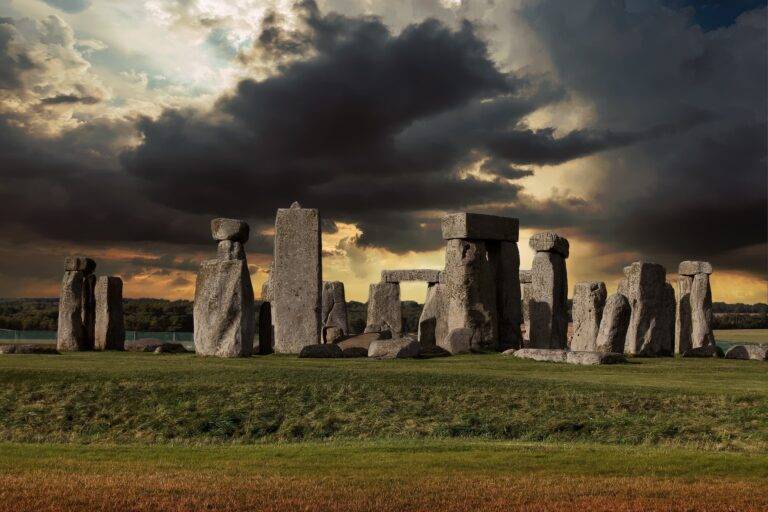
Stonehenge Avebury and Associated Sites
Stonehenge and Avebury are two of the most famous prehistoric sites located in the county of Wiltshire, in the southern ...
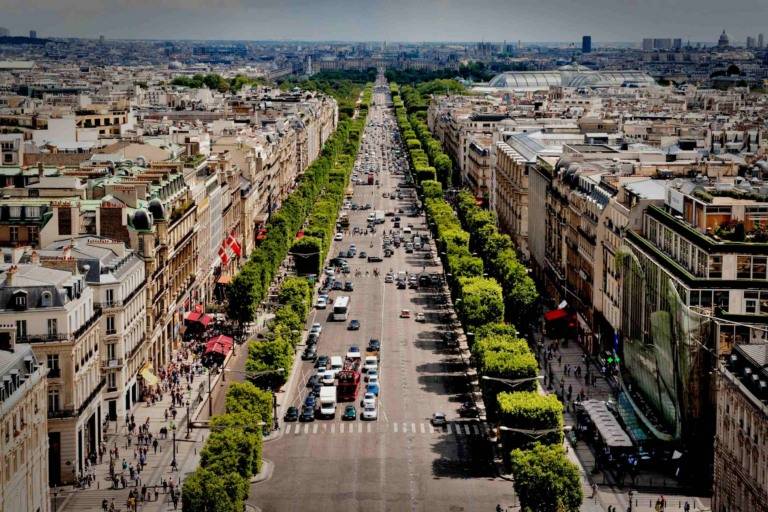
Paris Banks of the Seine
The Paris Banks of the Seine are a UNESCO World Heritage Site that encompasses the historic banks of the Seine ...

Valley of the Temples Sicily
The Valley of the Temples houses a series of well-preserved Doric-style ancient Greek temples, most of which were constructed during ...
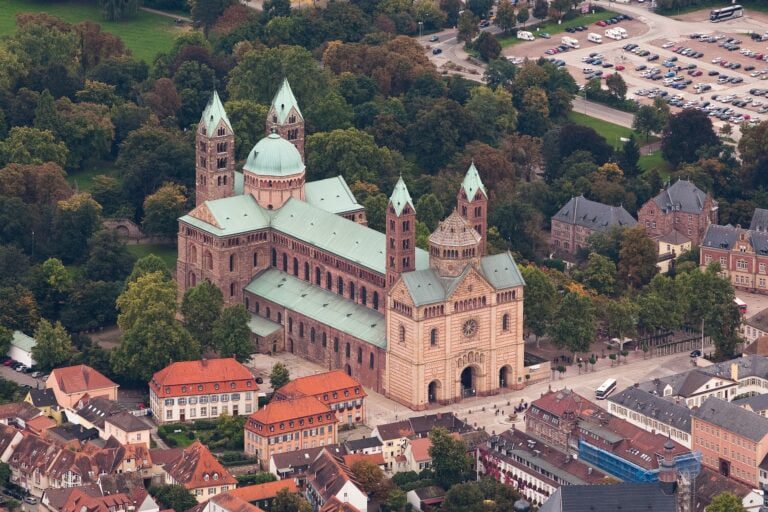
Germany World Heritage Sites
Germany is home to several World Heritage Sites, renowned for their cultural, historical, and natural significance. Germany’s heritage includes traces ...
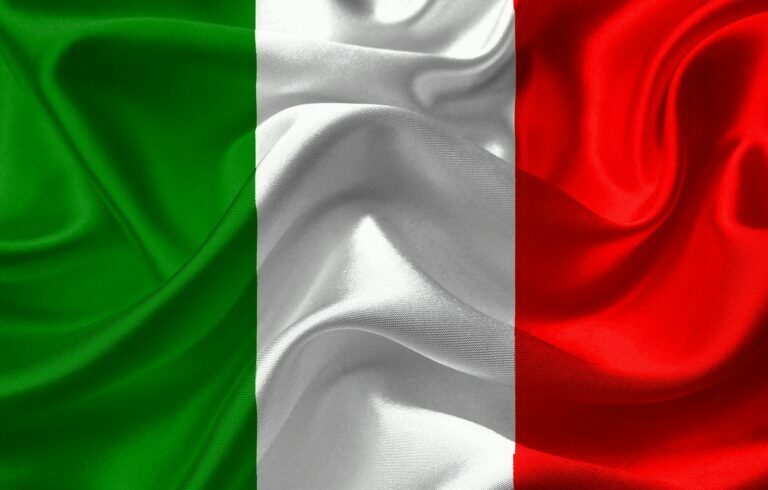
Historical Italy and UNESCO Sites
Historical Italy stands as a testament to the cradle of Western civilization, a region that has profoundly influenced art, architecture, ...
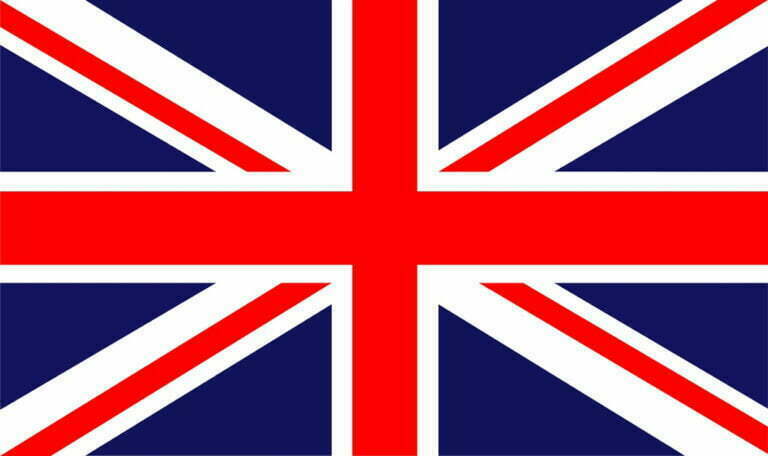
UK World Heritage Sites
The United Kingdom of Great Britain and Northern Ireland is home to numerous World Heritage Sites with significant cultural heritage ...
American Landmarks

Perito Moreno Glacier
Perito Moreno Glacier is in Los Glaciares National Park, situated in the southwest of Argentina's Santa Cruz Province, and has ...
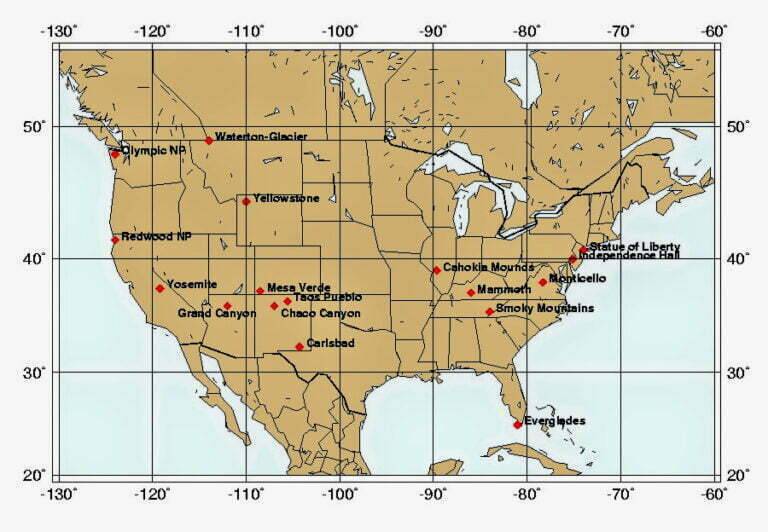
UNESCO Sites in USA
The United States boasts a total of 25 UNESCO World Heritage Sites, comprising eleven cultural, twelve natural, and one mixed ...
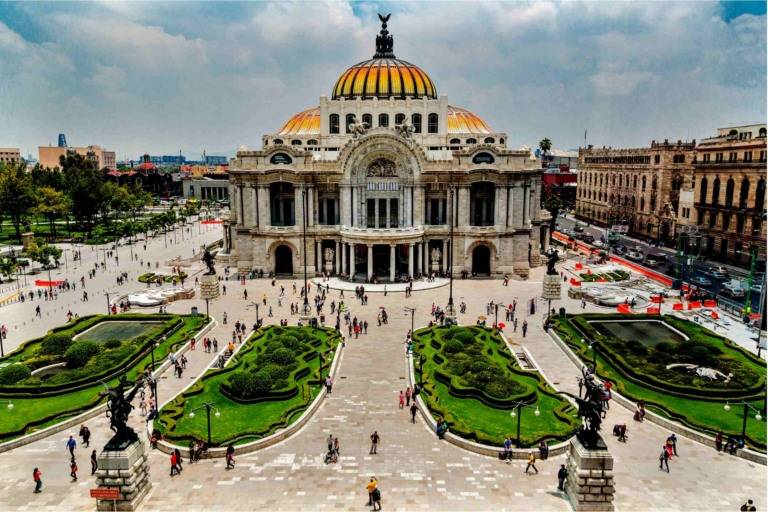
Mexico World Heritage Sites
Mexico boasts an impressive collection of UNESCO World Heritage Sites, totaling 35 in number, each contributing to the country's rich ...
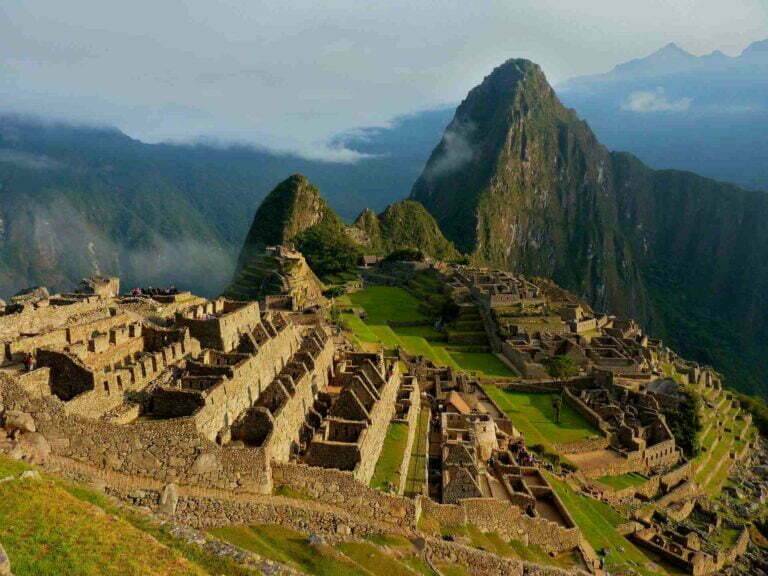
Machu Picchu Peru
Machu Picchu was abandoned by the Inca civilization during the Spanish conquest in the 16th century and was largely forgotten ...

UNESCO Sites Canada
Tourist attractions Canada. Canada famous landmarks. UNESCO world heritage sites Canada. Canadian sites. Points of interest in Canada. Canada famous ...
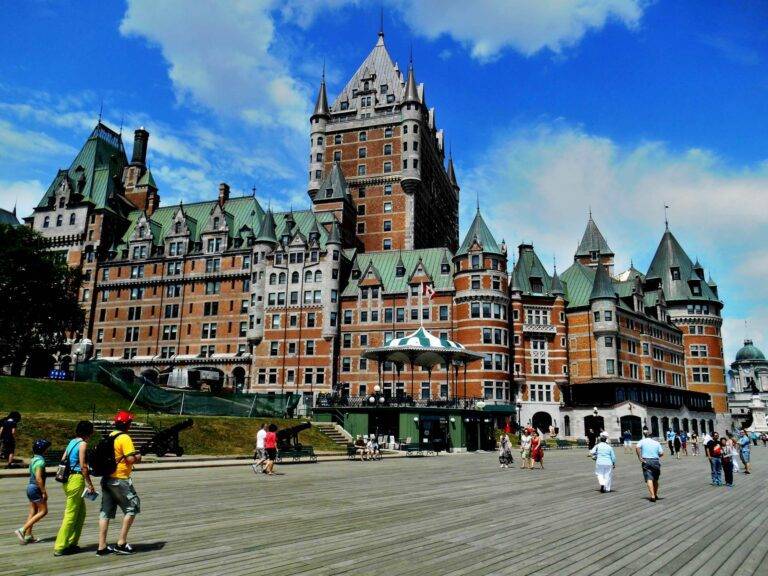
Old Quebec City
Old Quebec is a historic neighborhood in Quebec City, Canada. It's a UNESCO World Heritage Site since 1985. It has ...
Nature and Wildlife

Different Types of Butterflies
Butterflies, belonging to the order Rhopalocera, are insects characterized by large, often brightly colored wings and a distinctive, fluttering flight ...

Brown Headed Gull
Brown Headed Gull (Chroicocephalus brunnicephalus) is a medium-sized gull species found primarily in Asia. Here’s a description of the Brown-headed ...

The Lion Facts
The lion, whose scientific name is Panthera leo, is a big cat that lives in Africa and India. Adult male ...
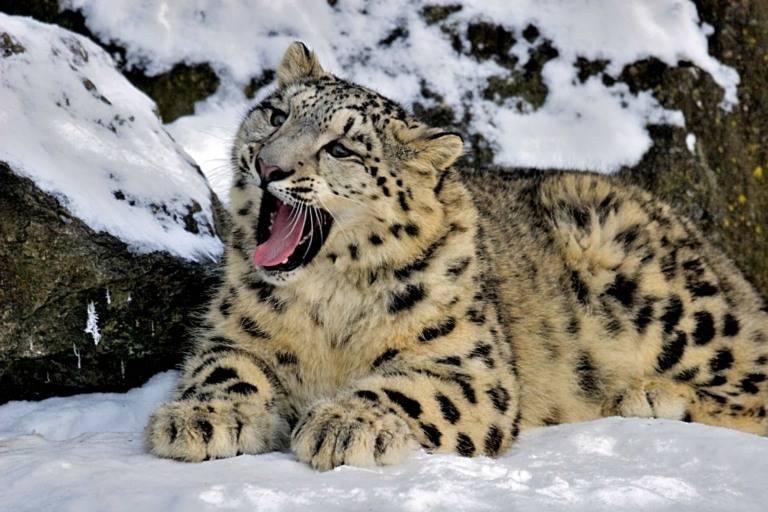
Snow Leopard Facts
Snow leopard, Panthera uncia, is famous for its remarkable beauty, with smoky-colored coats tinged with yellow and cream hues and ...
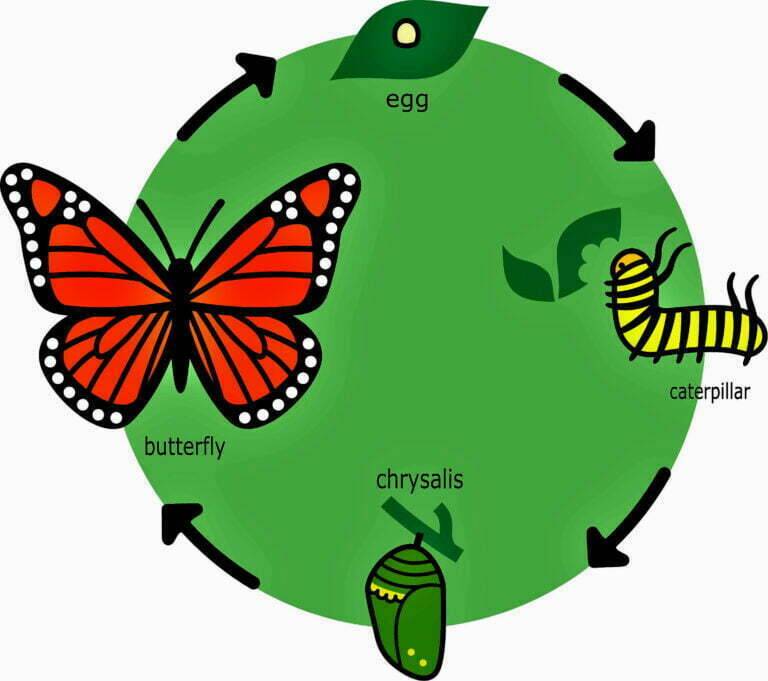
Butterfly Description
Butterflies are flying insects with small bodies, huge multicolored wings, three body sections (head, thorax, abdomen), six legs, and antennae ...

Indian Common Birds
Birds are a class of warm-blooded vertebrates known as Aves. They share several unique characteristics, including feathers, beaks without teeth, ...
Latest Blogs

Tehuacán-Cuicatlán Valley
The Tehuacán-Cuicatlán Valley, located in central-southern Mexico, is a region of great ecological and cultural significance. Known for its stunning ...
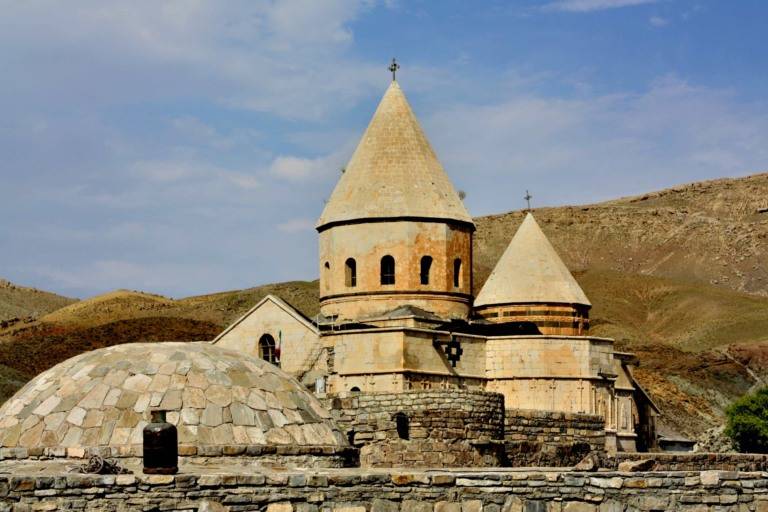
Cathedrals and Churches
The history of cathedrals and churches worldwide is rich and varied, spanning centuries and encompassing diverse architectural styles, cultural influences, ...
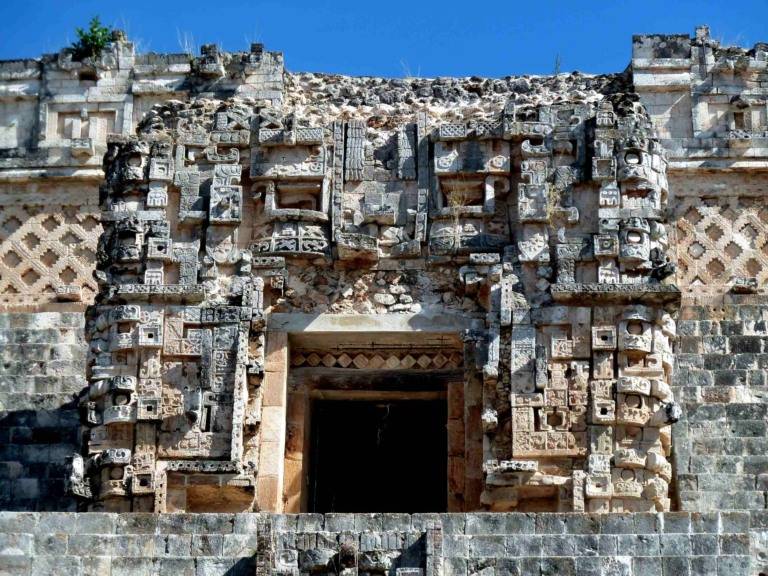
Pre-Hispanic Town of Uxmal
Uxmal, situated on the Yucatán Peninsula, stands as a remarkable testament to Mayan architecture and civilization. This ancient city, recognized ...

Mayan Ruins of Palenque Chiapas
The Mayan ruins of Palenque are situated in the lush jungles of Chiapas, Mexico, and are a testament to the ...
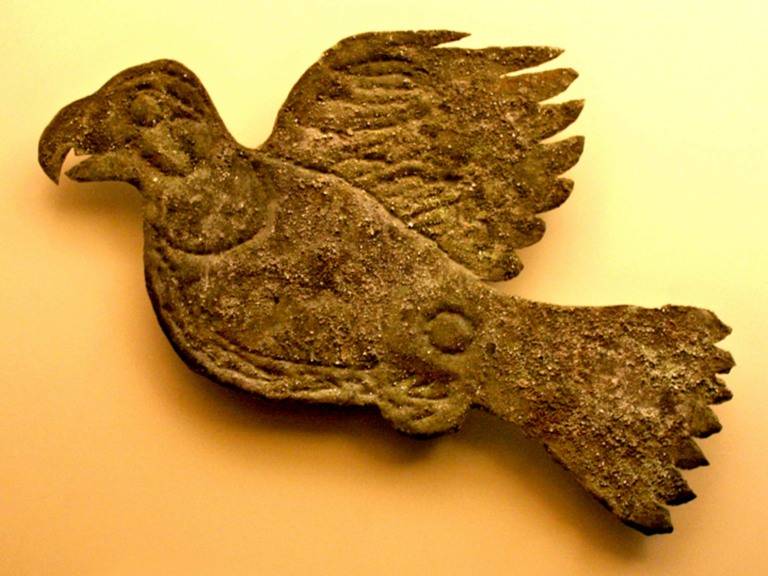
Hopewell Culture Ceremonial Earthworks
The Hopewell Culture is an ancient Native American cultural phenomenon that thrived in the Ohio region of the United States ...

Pre-Hispanic City of Teotihuacan
The pre-Hispanic city of Teotihuacan, nestled in a sub-valley of the Valley of Mexico, specifically in the State of Mexico, ...